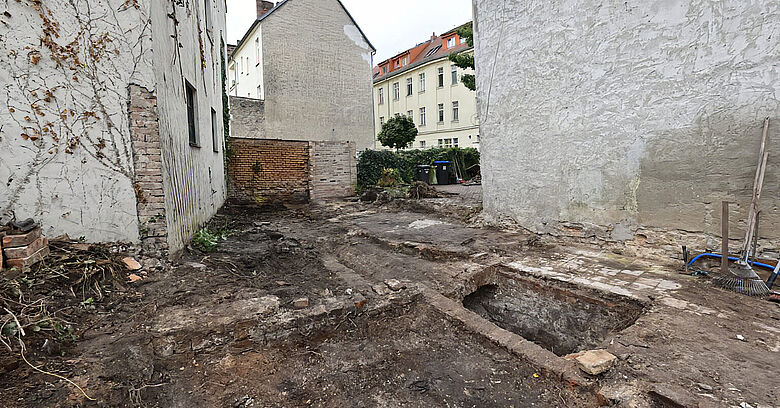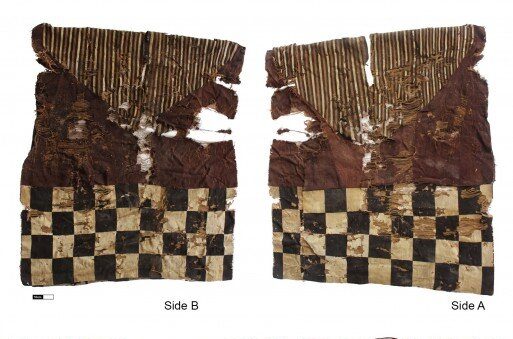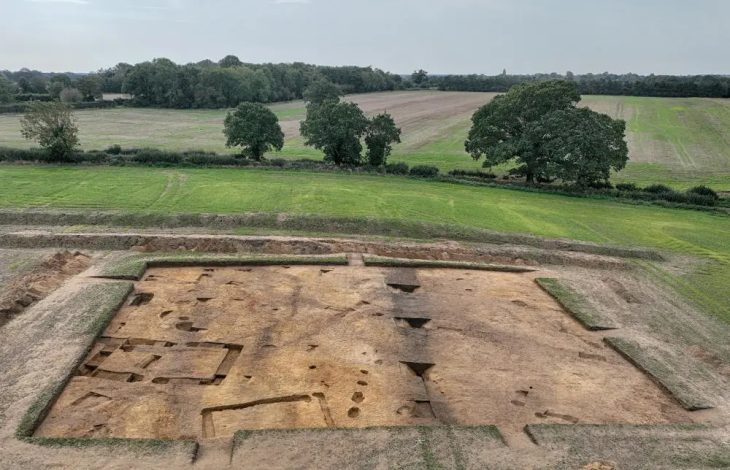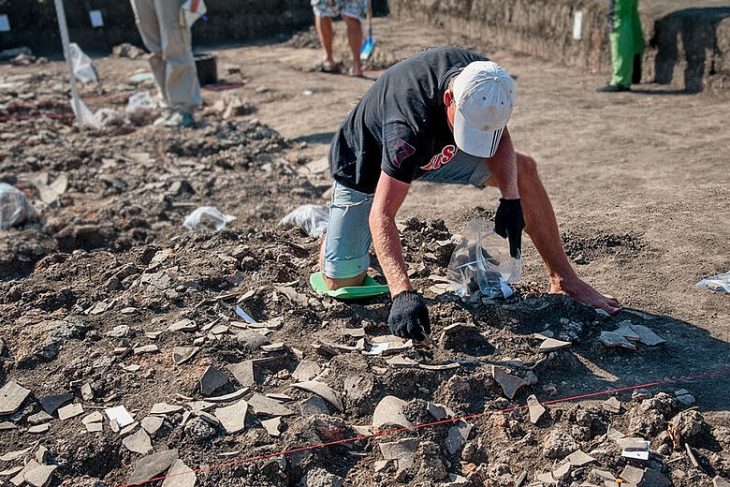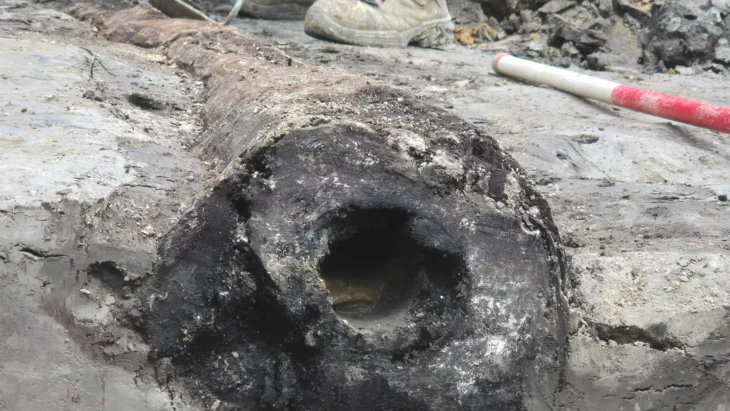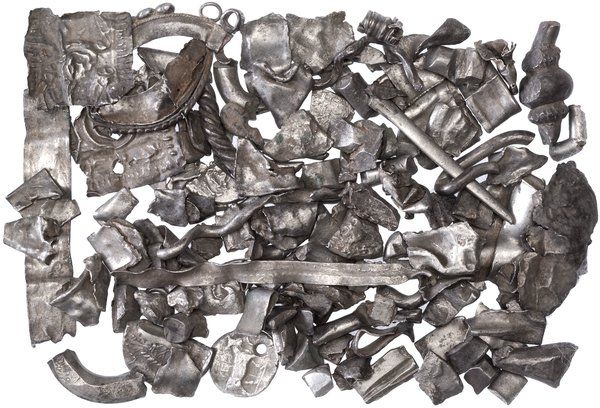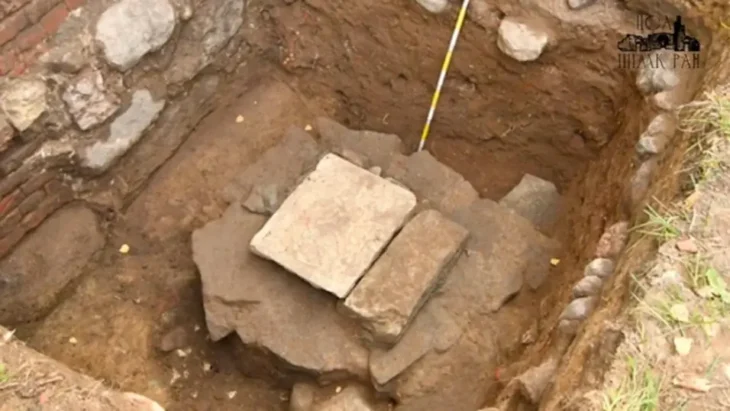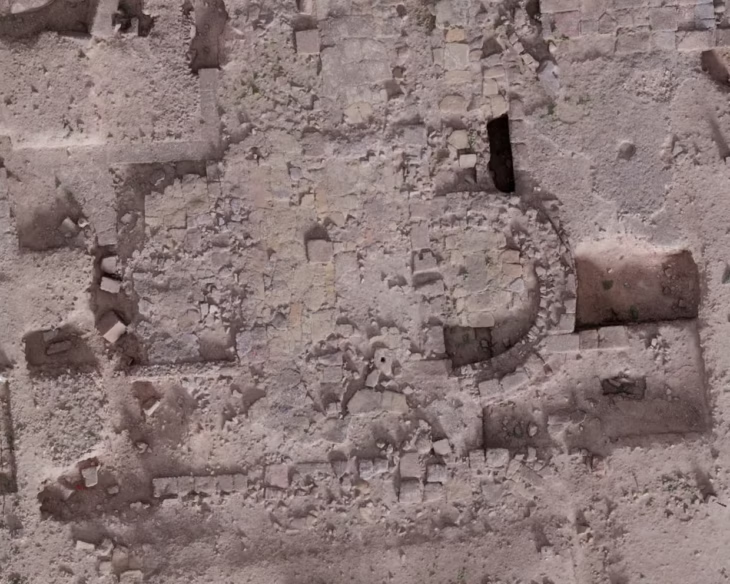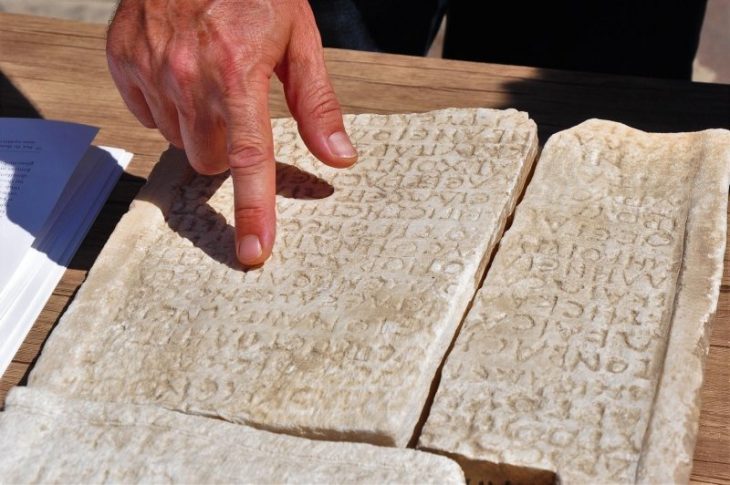A rare archaeological discovery in Germany has captivated historians: Silver coins dating back to the early 17th century have been found inside a copper cauldron during excavations at Gotthardtkirchplatz in Brandenburg an der Havel, a historic city in northeastern Germany. The treasure is believed to have been hidden around 1634, during the chaos of the Thirty Years’ War.
The discovery was made possible by a construction project for a new extension of the Youth Art Gallery Sonnensegel e.V., allowing archaeologists to investigate the site of a former half-timbered house. The building was abandoned and leveled in the 17th century — and now reveals a secret hidden for nearly 400 years.
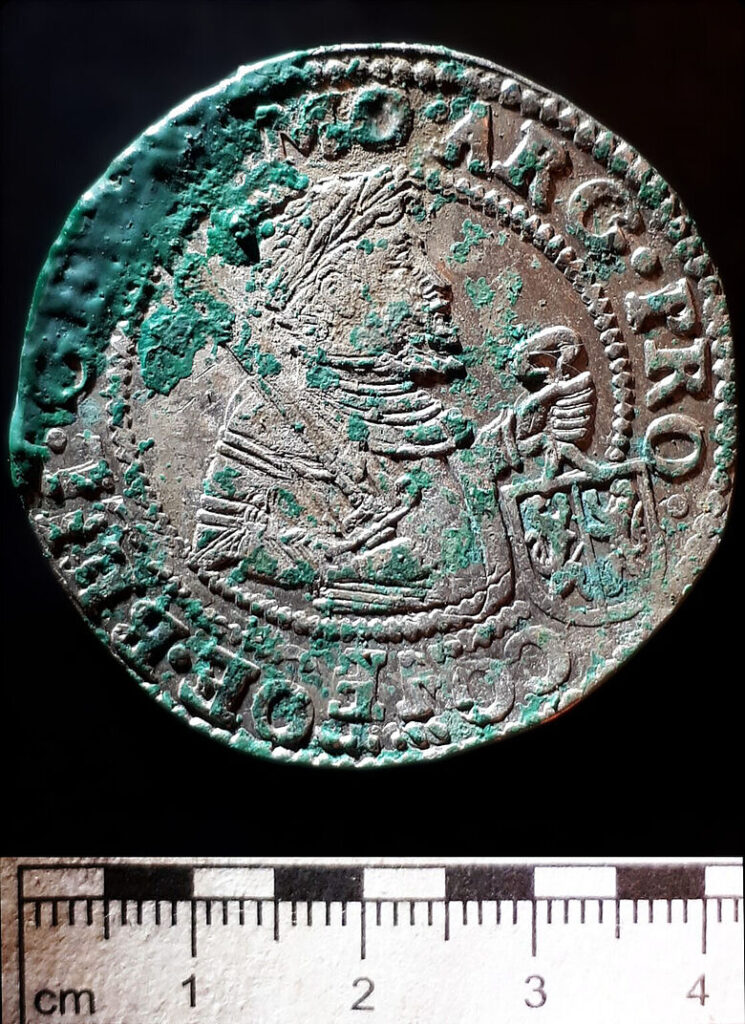
Rare Coins from Across Europe
The kettle revealed imprints of coins measuring approximately 3 to 4 cm in diameter and 1.5 mm thick. The first coin discovered was a “Dicken” from Zug, Switzerland, dated 1610 and bearing the image of Saint Oswald. This initial find led the team to further sift through excavation debris.
In a remarkable twist, a volunteer monument conservator unearthed a half Dutch Reichsthaler from 1618 — the year the Thirty Years’ War began. The final coin found was a city coin from Hamburg, dated 1634, featuring the name of Holy Roman Emperor Ferdinand II, who also ruled as King of Bohemia.
The wide geographic spread of the coins — from Switzerland, through the Rhineland, to Hamburg — raises compelling questions. Why were only three coins buried in such a large kettle? And what prompted the residents to hide them in the first place?
📣 Our WhatsApp channel is now LIVE! Stay up-to-date with the latest news and updates, just click here to follow us on WhatsApp and never miss a thing!!

A Glimpse into Everyday Life and Forgotten Histories
Beyond the coins, the excavation uncovered further evidence of the site’s historic use. Fragments of non-ferrous metal sheets, small slag pieces, and solder droplets suggest that a metalworker or belt-maker once lived and worked in the home. These traces of craftsmanship provide a unique glimpse into the trades practiced during the early 17th century.
Even older layers revealed signs of prehistoric settlement dating back to the post-Ice Age period. Soils from the 12th century were also preserved, showing the Gotthard Church was originally built on an elevated site. An associated medieval cemetery extended across the present-day buildings, used longer than previously thought. Remarkably, the oldest burial uncovered was in a tree-trunk coffin of Slavic origin.
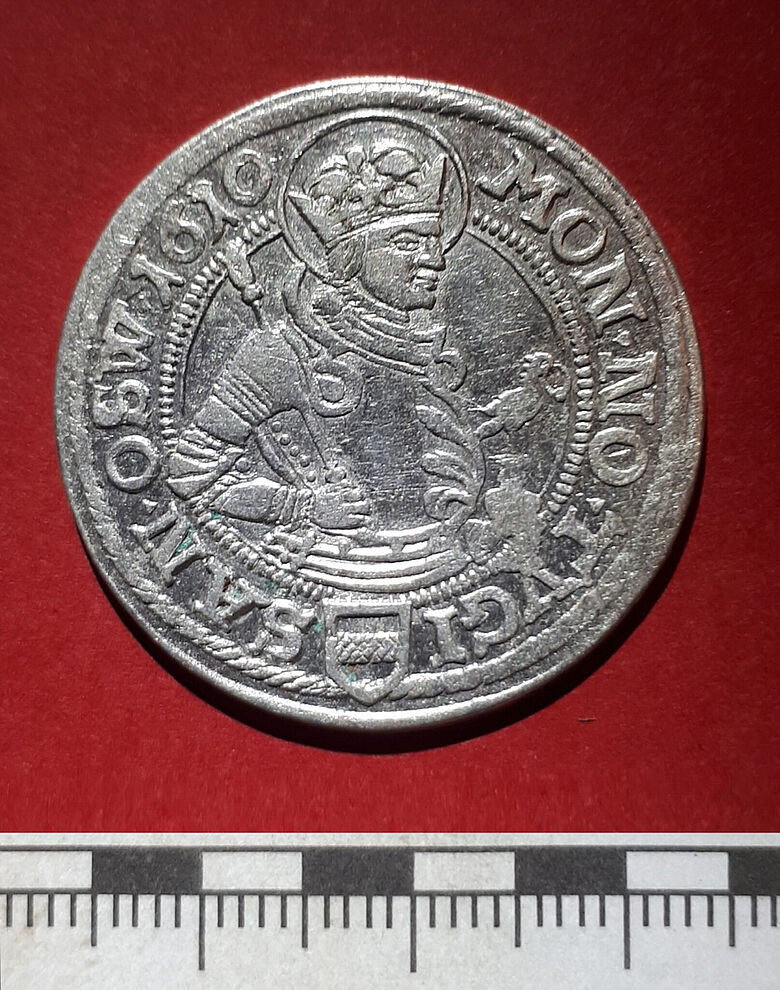
A Treasure That Sparks Questions
This rare silver find adds another chapter to Brandenburg’s rich historical tapestry. Yet it leaves behind unanswered questions about life during the Thirty Years’ War and the people who lived — and hid their treasures — at Gotthardtkirchplatz.
Though small in number, the silver coins and the copper cauldron that held them offer a powerful connection to a time of war, uncertainty, and survival. Their discovery invites both scholarly interest and public fascination with Brandenburg’s hidden past.
Brandenburgisches Landesamt für Denkmalpflege und Archäologisches Landesmuseum
Cover Image Credit: The excavation site. Credit: Joachim Müller

